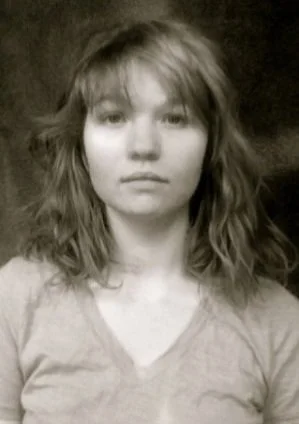I am an emerging ceramic artist with a focus on ecologies, human and non-human, and the major and subtle linkages therein. In my work I utilize ceramic forms to evoke, narrate, and to respond to specific places and ecological issues.
I’m born and raised as a settler on xʷməθkʷəy̓əm, sḵwx̱wú7mesh, and Tsleil-Waututh territories. To me, that means that I have a responsibility to support, with my voice, my care, and my labour, the sovereignty and self-determination of these Nations. I see the Land back movement as the way forward for the future generations of all those human and non-human who live in these territories.
The impulses and ideas for my work begin with a broad love for the natural world. Mainly my interests are focused around ecologies, human and non-human, and the major and subtle linkages therein. I relish the experiences I have had within the felt world of ecology, and I try to bring forth that spirit of creative intuition, play and levity in my working processes.
Much of my artwork parallels and expands upon my BSc in Environmental Science and the information and knowledge I gained during that time. By choosing to engage with ecology as an artist instead of as a scientist, I am able to research the many topics that hold my attention and to generate work that is evocative and responsive.
In my work, I wish to challenge the gesture of sustainability beyond its current cultural logic: a means to maintain resource levels for future extraction at best, and as a buzzword at worst. I would like to shift environmental thinking from the language of sustainability and efficiency towards engagement in reciprocal and regenerative care. Much of the thinking and practice in this type of epistemology has been done by Indigenous scholars and artists, and I have been fortunate enough to have this decolonial discourse play an important role in my education. My positionality as a settler making art within which land and water are actants is an ongoing dialogue within my work.
I choose to work primarily in ceramics because of the material’s direct connection to the ground, which has inherent power and meaning. I uncover that by choosing a material that can be a bridge between the topic of my work, the object that is the work, and the substrate of our existence. We are all subjects of the ground, and the ground is subjected to all of us.
- Clare Wilkening, 2022

